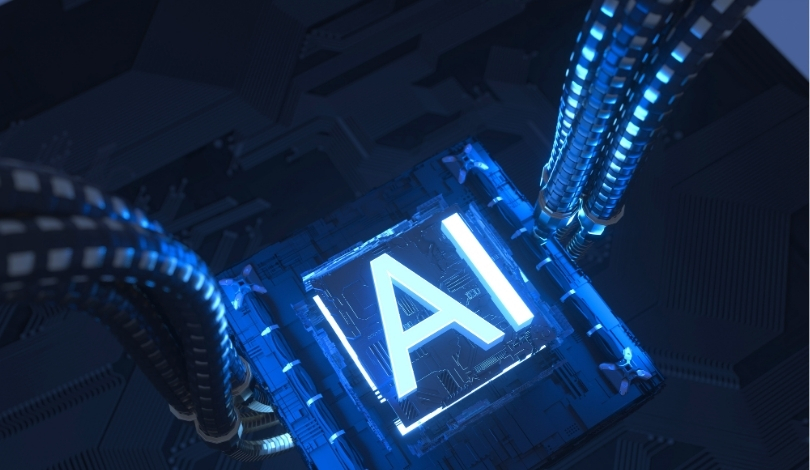As AI tools continue to play a larger role in vital industries, the risk posed by their tendency to make confident but mistaken assertions – known as hallucinations – grows more significant. Many users are unaware of the frequency of these issues, even as artificial intelligence becomes integrated into healthcare, telecommunications, and energy sectors. Recognizing the need for machines to acknowledge when they lack reliable answers, Themis AI, a company spun out from MIT, has developed technology that prompts AI to flag its uncertainty. Some industry observers note a gap in user awareness, underlining the importance of transparency as AI assumes greater responsibilities in environments where errors carry critical consequences.
Other coverage from recent years has highlighted AI hallucinations and overconfidence, particularly in large language models and self-driving technologies. Discussions mostly focused on post-error analysis or the introduction of stopgap human review points. The emergence of Themis AI’s Capsa platform marks a shift towards pre-emptive mitigation, wherein AI proactively flags its uncertainty before mistakes reach end users. Unlike conventional error detection methods, Capsa aims to make uncertainty a visible and manageable part of automated decision-making, rather than relying solely on after-the-fact human oversight.
How Does the Capsa Platform Address AI Hallucinations?
The Capsa platform, the flagship product of Themis AI, functions by analyzing the internal confidence levels of artificial intelligence models. This solution integrates with a host of existing AI systems, identifying moments when models might lack surety or work with incomplete or skewed data. The platform alerts systems and users to these uncertainties, reducing the potential for erroneous outputs. Its application ranges from telecom network optimization to seismic data interpretation in the energy sector, helping organizations address risks associated with overconfident automated decisions.
What Motivated the Research and Development at Themis AI?
The impetus for Themis AI’s work came from challenges observed in Professor Daniela Rus’s MIT lab, where the focus was on reliable AI for safety-critical fields such as autonomous vehicles. Earlier support from Toyota enabled the team to investigate bias in facial recognition, leading to algorithms capable of detecting and correcting prejudices in machine learning models. The team’s experience informed the design of solutions that can discern the boundaries of machines’ certainty and recognize the scenario where extrapolation or error is likely.
How Could This Approach Impact Industries Relying on AI?
By allowing AI models to self-report when they are not confident in their outputs, the Capsa platform supports safer and more efficient deployment in areas where stakes are high. For example, in pharmaceuticals, the ability to distinguish between solid analysis and guesses could optimize drug discovery by focusing on candidates with robust support data. Similarly, edge devices with limited computing capability benefit by handling local computations and escalating complex cases only when necessary, potentially streamlining operations across sectors.
The challenge of AI hallucinations is not unique to any single application; it permeates sectors from health technology to transportation and telecommunications. The approach championed by Themis AI allows both companies and their customers to interact with AI in a more transparent, informed manner. Admitting when a system does not know the answer offers a safeguard – echoing a human advisor who knows the limits of their expertise. As AI adoption accelerates, strategies for clear acknowledgement of uncertainty may help prevent costly or dangerous mistakes while building user trust. For those working to integrate AI in sensitive domains, focusing on how and when an AI can reliably admit “I don’t know” may prove as crucial as improving the models’ accuracy.
- AI hallucinations pose risks in critical decision-making scenarios.
- Themis AI’s Capsa platform identifies and flags AI uncertainty for users.
- Transparent AI outputs can support safer and more reliable adoption.










